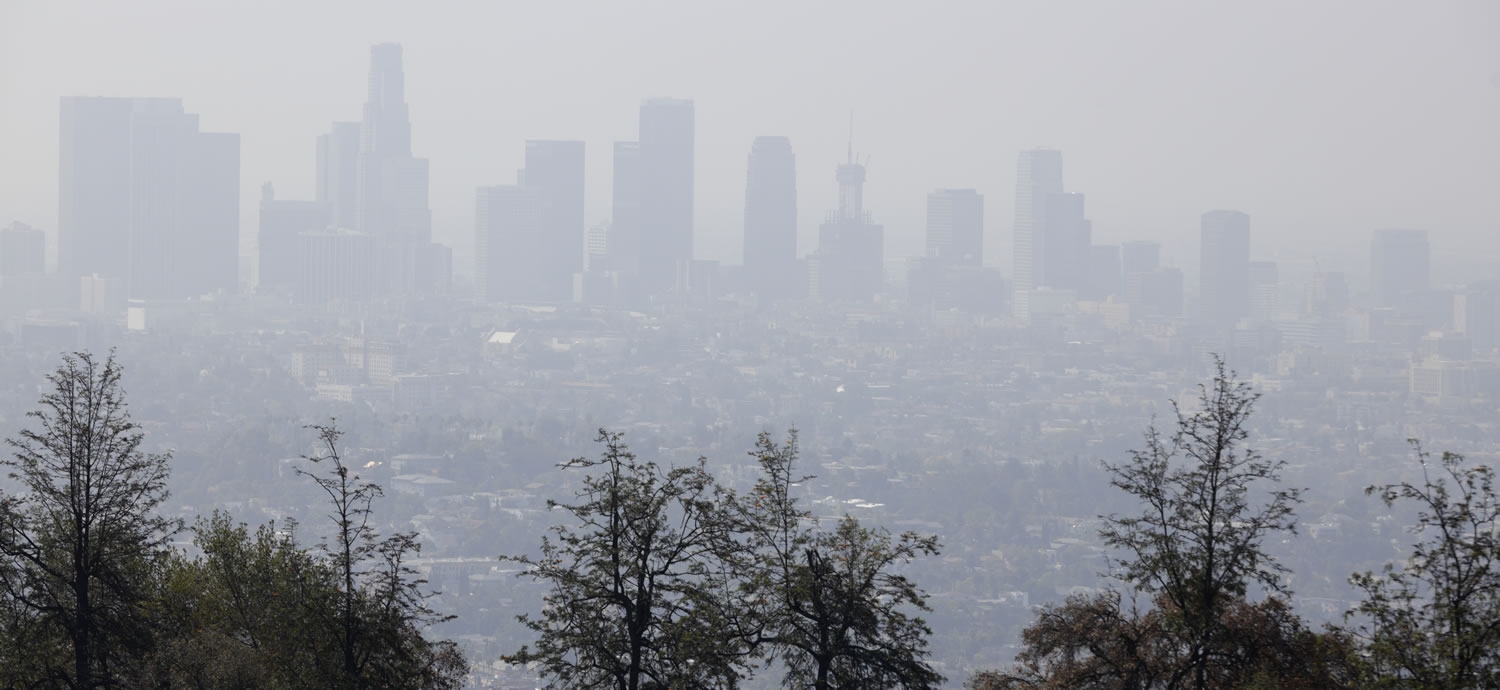We receive many requests each month to provide customers with the VOC content of our solvent-based products. Many callers are perplexed why this isn’t a simple number that is stated on product labels. Unfortunately, when talking about VOC, nothing is that simple. Two facts add to the complexity and confusion with providing product VOC:
- There is a Federal list of exempt chemicals, and many state and municipal lists of exempt chemicals; however these lists do not always agree and can change over time.
- There are five EPA approved ways to calculate VOC content and each of them can yield different values for the same product. The choice of a particular calculation method can depend on the user’s location, the air quality regulations for his region, and the applicability of a NESHAP (National Emissions Standards For Hazardous Air Pollutants). Even then the same product may need to be subjected to more than one VOC calculation, depending on the different ways in which it could be used, even if in the same facility!
Let’s take a brief look here on what a VOC is and why it’s important to know. VOC stands for “volatile organic compound”. These are chemicals whose vapors have been found to chemically react with nitrogen oxides (NOx) in the presence of sunlight to produce ground level ozone and “smog”. Nitrous oxides are produced, for example, by burning fossil fuels in vehicles, power generation and in other industrial processes. The ability of certain chemical vapors to produce smog, when sunlight makes them react with nitrogen oxides, is referred to as photochemical reactivity. It’s the emissions of these photochemically reactive vapors into the air with which the EPA is concerned.
Chemicals whose vapors are not photochemically reactive, that is, they don’t react with NOx to form smog, are considered exempt and are not counted when you add up the amount of VOC ingredients in a product. Some chemicals that we use, such as acetone in coatings and HFC-134a in duster and freeze spray, are not photochemically reactive. These are two common chemicals which are exempt from VOC calculations.
The US EPA publishes a list of exempt chemicals, and many states publish their own list of exempt chemicals (e.g. California through CARB). In addition, some localities and municipalities publish their own lists (e.g. SCAQMD for Southcoast of California). A chemical that is listed as exempt on the EPA list may not appear on the individual state or municipal listings, so it is imperative to know and understand local regulations for VOC and not rely on the federal list.
In most cases, air pollution or smog problems are local in nature and the best treatment is a local solution. Therefore, some municipalities are promulgating their own VOC regulations to solve their own specific smog problems. If the multiple federal regulations and their state’s own general or specific emissions requirements do not solve the city’s particular problems, then it is up to the municipality to develop and enforce its own laws to solve the problem. They may have to include certain chemicals in their “non-exempt” list, even if these same chemicals are considered exempt at the state or federal level.
VOC is most often stated as a percentage, which is the percentage of the full mixture that is not VOC exempt. For example, isopropyl alcohol (IPA) is not exempt by EPA (and most if not all other) standards, so 99% pure IPA has a VOC of 99%. 70% pure IPA, with 30% purified water, is 70% VOC because water is exempt.
Specific industries (e.g. aviation MRO), regardless of where they operate, can fall under a federally-mandated NESHAP regulation which specifies the permitted level of emissions. If a particular company operates under a NESHAP it must calculate VOC emissions in a totally different way, looking primarily at the volatility (vapor pressure) of the chemicals they are using, rather than their photochemical reactivity. For NESHAP, VOC is stated in grams per liter instead of a percentage.
Thus it is difficult to specify a simple value for the VOC content of Techspray cleaning products. To definitively know the VOC requirements for a facility, you would need specific knowledge of the area of the country where it is located, the EPA region under whose regulations they operate, if they are operating under a Federal NESHAP, the existence of state and local emission regulations, and the specific application or way in which the product will be used. A value calculated for a particular product, for a particular customer, would not be applicable for another customer in another region of the country, especially if he is using the same product for a different application.
Because of the complexity of these issues, Techspray offers products that meet as broad array of standards as possible. If you are looking for products to meet very stringent requirements, please reach out to an application specialist at info@itwcce.com or 800-858-4043.








